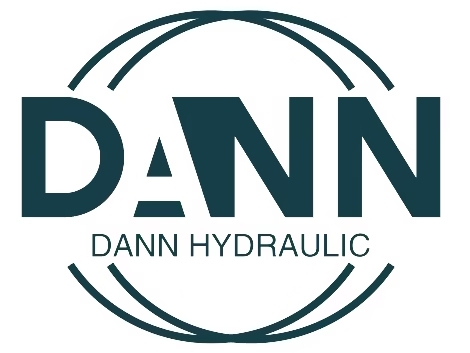Showing 1–40 of 82 resultsSorted by price: high to low
-
Sale!

$350.00 Original price was: $350.00.$320.00Current price is: $320.00.
- Max Pressure (Air): 150 PSI
-
Sale!


$350.00 Original price was: $350.00.$320.00Current price is: $320.00.
-
Sale!

$300.00 Original price was: $300.00.$285.00Current price is: $285.00.
-
Sale!

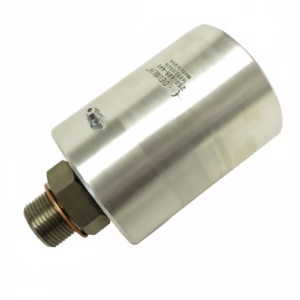
$280.00 Original price was: $280.00.$270.00Current price is: $270.00.
- Max Pressure (Air): 150 PSI
- Max Pressure (Vacuum): -13.75 PSI
- Max Flow Rate (Air): Up to 300 CFM
- Overall Length: Varies by model
- Rotor Connection: Various options available (e.g., G 1/4″-19)
- Operating Temperature: Up to 250°F (121°C)
-
Sale!
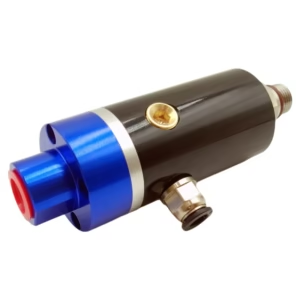
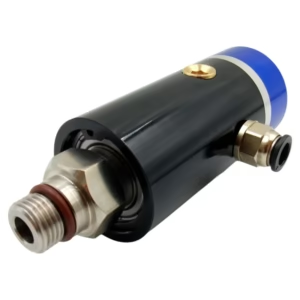
$260.00 Original price was: $260.00.$240.00Current price is: $240.00.
- Medium: Coolant
- Max. Temperature: 70℃
- Max. Pressure: 50 bar
- Max. Speed: 15000 rpm
- Max. Flow Rate: 28 L/Min
- Medium Purity: <25μ
-
Sale!
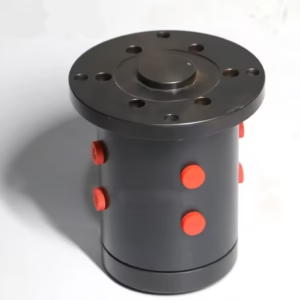

$220.00 Original price was: $220.00.$201.00Current price is: $201.00.
- Product name: Rotary Union Custom Timing
- Flow Stations: 2-10
- Max Hydraulic Pressure: 7,500 PSI
- Max Temperature: 225°F
- Max RPM: 50
- Media Compatibility: Air, Gas, Oil, Steam
-
Sale!
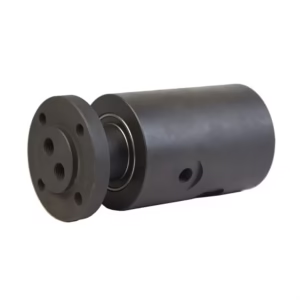
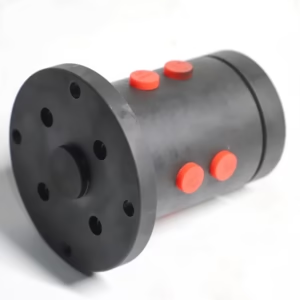
$220.00 Original price was: $220.00.$201.00Current price is: $201.00.
- Product name: rotary union timing valve
- Max. Speed: ≤100RPM
- Max. Pressure: ≤30MPA
- Medium: cooing water, gas, hydraulic oil
- Passage: 1-24, can customize
- Interface size: G1/8″-G1/2″
-
Sale!
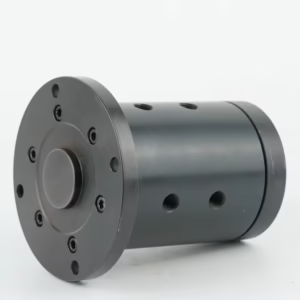
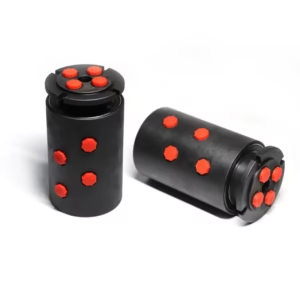
$220.00 Original price was: $220.00.$201.00Current price is: $201.00.
- Customized support: OEM, ODM, OBM
- Max. Hydraulic Pressure: 7,000 PSI
- Max. Air Pressure: 250 PSI
- Max. Vacuum Pressure: 28″ Hg
- Max. Temperature: 225° F
-
Sale!


$218.00 Original price was: $218.00.$200.00Current price is: $200.00.
- Flow Direction: single-flow
- Stationary Port Thread Size: customizable
- Inlet Size: customizable
- Rotating Shaft Thread Size: customizable
- Applicable medium: Coolant
- Coolant Max. Pressure: 50 bar
- Coolant Max. Temperature: 70 °C
- Max. Speed: 15000rpm
-
Sale!

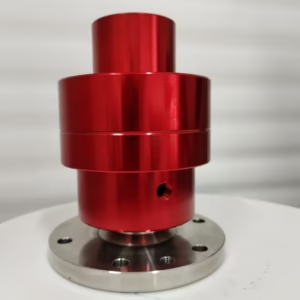
$175.00 Original price was: $175.00.$153.60Current price is: $153.60.
- Media: Water, oil, steam, hot oil, and other media used in molding processes
- Temperature: Ambient to +260°C (+500°F)
- Pressure Rating: Up to 345 bar (5,000 psi) or higher, depending on the model
- Rotational Speed: Up to 1,500 rpm
- Corrosion Resistance: Constructed from stainless steel and specialized alloys
-
Sale!
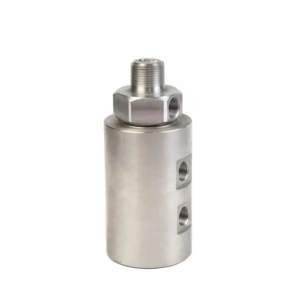
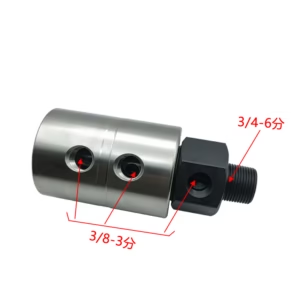
$120.00 Original price was: $120.00.$110.00Current price is: $110.00.
- Maximum Pressure: Up to 400 bar (5800 PSI)
- Maximum Rotational Speed: Up to 42,000 RPM
- Fluid Compatibility: Hydraulic oil, air, water, coolants
- Size Range: Customizable to fit specific needs
- Temperature Range: -20°C to 120°C
-
Sale!

$120.00 Original price was: $120.00.$108.00Current price is: $108.00.
- Supply Connection: 3/8″-18 NPT
- Rotor Connection: 5/8″-18 UNF LH
- Overall Length: 135 mm (5.315 inches)
- Housing Diameter: 53.5 mm (2.106 inches)
- Maximum Pressure (MQL):10 bar (150 psi)
- Maximum Speed: 20,000 RPM
- Operating Temperature: Up to 71°C (160°F)
-
Sale!

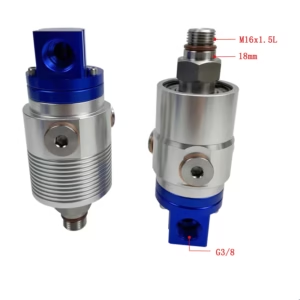
$120.00 Original price was: $120.00.$108.00Current price is: $108.00.
-
Sale!
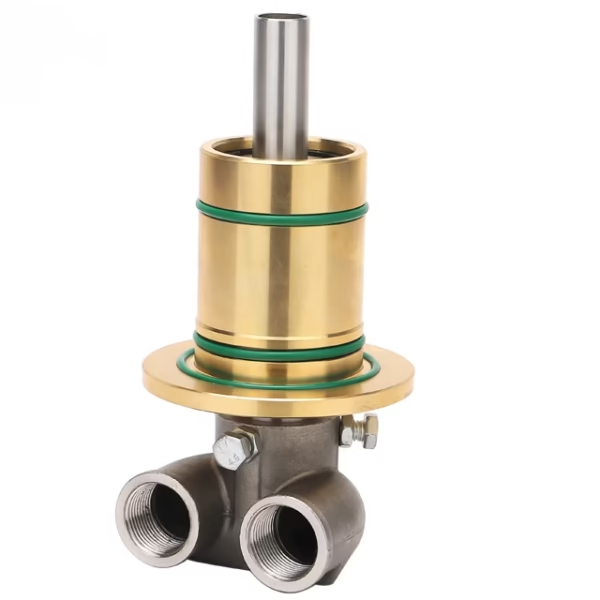
$110.00 Original price was: $110.00.$105.00Current price is: $105.00.
- Model Type: Duoflow Rotary Union
- Material: Forged Brass / Stainless Steel
- Max Operating Pressure: 150 PSI (10 bar)
- Max Operating Temperature: 250°F (121°C)
- Max Speed: 1,000 RPM
- Connection Options: NPT, BSP
-
Sale!
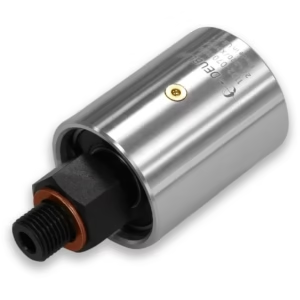
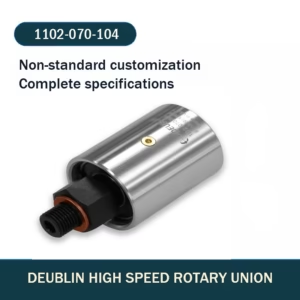
$110.00 Original price was: $110.00.$100.00Current price is: $100.00.
-
Sale!

$100.00 Original price was: $100.00.$96.00Current price is: $96.00.
- Product name: Machine tool rotary joint
- Size: Customized Size
- Max.Speed: 12000r/min
- Max. Pressure: 70 bar
- Max. Temperature:≤71℃
- Medium: Coolant, hydraulic fluid
-
Sale!
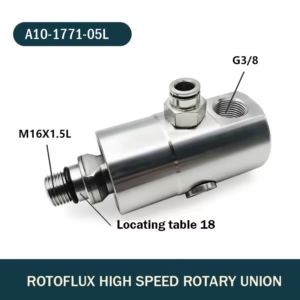
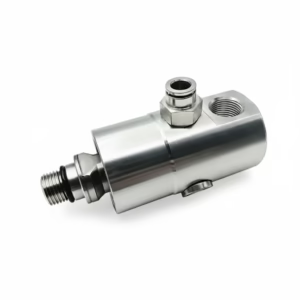
$100.00 Original price was: $100.00.$91.00Current price is: $91.00.
- Model: A10-1771-05L
- Connection Size: 1/4″ NPT/BSPP (threaded)
- Max Pressure: 20 bar (290 psi)
- Max Speed: 10,000 RPM
- Material: Stainless steel & anodized aluminum
- Temperature Range: -20°C to 80°C
- Media: Compressed air, oils, coolants
- Weight: 0.5 kg
-
Sale!

$100.00 Original price was: $100.00.$90.00Current price is: $90.00.
- Connection:Thread/ Flange
- Medium :Steel Industry Coiling Machine
- Size:Customer’s Request
- Thread:BSPP BSPT NPT METRIC
- Max Speed:30RPM
- Max Temperature:120℃
- Max Pressure:20.0mpa
-
Sale!
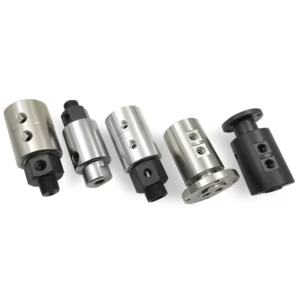
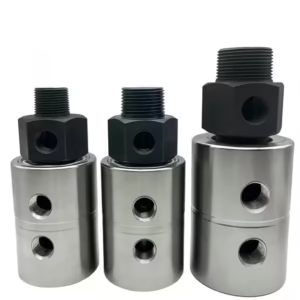
$100.00 Original price was: $100.00.$90.00Current price is: $90.00.
- Maximum Pressure: Up to 400 bar (5800 PSI)
- Maximum Rotational Speed: Up to 42,000 RPM
- Fluid Compatibility: Hydraulic oil, air, water, coolants
- Size Range: Customizable to fit specific needs
- Temperature Range: -20°C to 120°C
-
Sale!
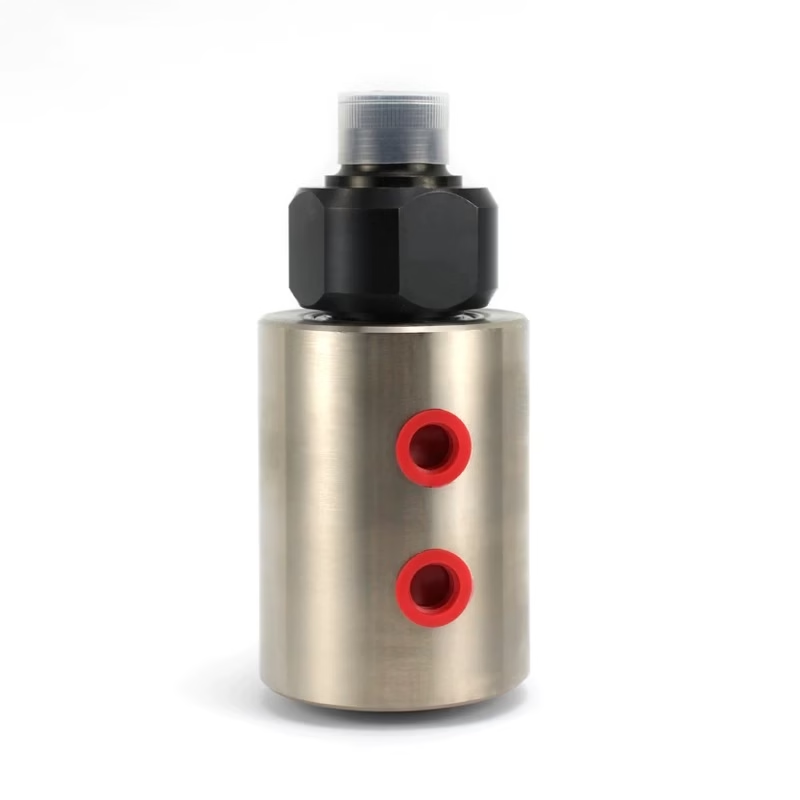
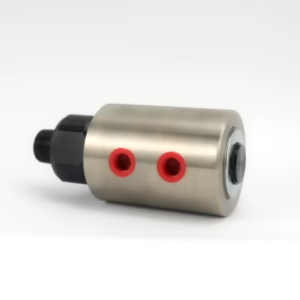
$100.00 Original price was: $100.00.$90.00Current price is: $90.00.
- Max Pressure: 250 PSI (17 Bar)
- Max Speed: 500 RPM
- Port Size: 1/4″ NPT (BSPP Optional)
- Body Material: Hardcoat Anodized Aluminum
- Rotary Seal: Carbon Graphite
- Operating Temp: -20°F to 250°F (-29°C to 121°C)
- Weight: 0.65 lbs (295g)
-
Sale!


$100.00 Original price was: $100.00.$86.00Current price is: $86.00.
- Material: Brass 360 / 316 Stainless Steel
- Pressure Rating: 5,000 PSI (max)
- Rotation Angle: 360° continuous
- Thread Types: 1/4” to 1” NPT, BSP, JIC
- Operating Temp: -20°F to 300°F (-29°C to 149°C)
-
Sale!

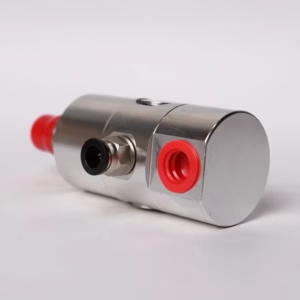
$90.00 Original price was: $90.00.$81.00Current price is: $81.00.
- Material:Stainless steel
- Max.Speed:7000RPM
- Max. Pressure:5.0MPa
- Max.Temperature:100℃
- Applicable Medium:Water, Coolant, Hydraulic Fluid
-
Sale!

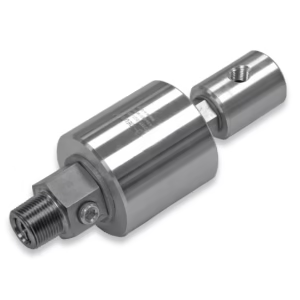
$100.00 Original price was: $100.00.$80.00Current price is: $80.00.
- Max Pressure (Air): 150 PSI
-
Sale!

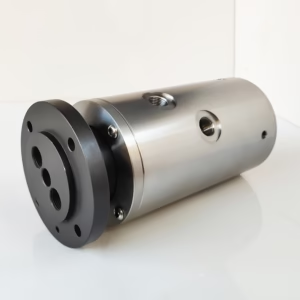
$90.00 Original price was: $90.00.$80.00Current price is: $80.00.
- Maximum Passages:2-12
- Maximum Pressure: Up to 400 bar (5800 PSI)
- Maximum Rotational Speed: Up to 500 RPM
- Fluid Compatibility: Water, air, hydraulic oil, coolant
- Size Range: Customizable to fit specific needs
- Temperature Range: -20°C to 120°C
-
Sale!

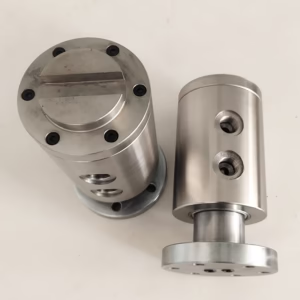
$90.00 Original price was: $90.00.$80.00Current price is: $80.00.
- Maximum Passages:Up to 24
- Maximum Pressure:Up to 400 bar (5800 PSI)
- Maximum Rotational Speed: Up to 500 RPM
- Fluid Compatibility: Water, air, hydraulic oil, coolant
- Size Range: Customizable to fit specific needs
- Temperature Range: -20°C to 120°C
-
Sale!

$80.00 Original price was: $80.00.$77.00Current price is: $77.00.
- Part Number: 1116-048-143
- Max Pressure:210 bar (3,000 psi)
- Max Speed:6,000 RPM
- Media Compatibility:Water, Steam, Hydraulic Fluids, Compressed Air
- Materials: Stainless Steel, Brass
- Seals:Mechanical Seals, Silicon Carbide (Optional)
- Channels:Single or Multi-Channel Configurations
- Temperature Range:-40°C to 200°C (-40°F to 392°F)
- Dimensions:Compact design suitable for tight spaces
- Mounting Options:Various configurations for different installation requirements
-
Sale!


$80.00 Original price was: $80.00.$60.00Current price is: $60.00.
- Part number: Replace Deubin 17-420-401
- Pressure: 2.0MPA
- Temperature: 120℃
- Speed: 3500rpm
- Medium: water, gas, oil
- Installation method: External thread connection
-
Sale!

$70.00 Original price was: $70.00.$60.00Current price is: $60.00.
- Material: Stainless steel
- Pipe clamp Size: 32/40/50
- Max.Speed: 100RPM
- Max. Pressure: 5MPa
- Max. Temperature: 220°C
- Applicable Medium: Oxygen, air, superheated water, oil
-
Sale!
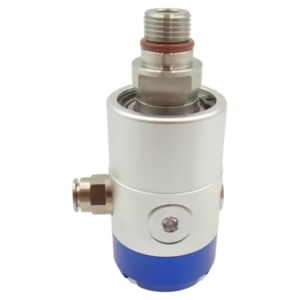

$60.00 Original price was: $60.00.$58.00Current price is: $58.00.
- Medium: Coolant
- Max.Pressure: 70bar
- Max.Speed: 12000rpm
- Max.Temperature: 80℃
- Recommended Filtration: 0.05mm
- Special Feature: Dry Operation Available
- Inlet Interface: G3/8 -19
- Drain Interface: Φ8
- Thread Specification: M16*1.5LH
-
Sale!
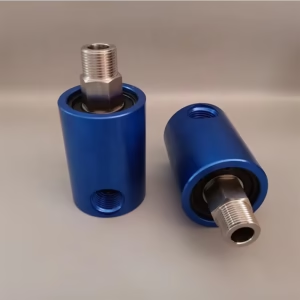
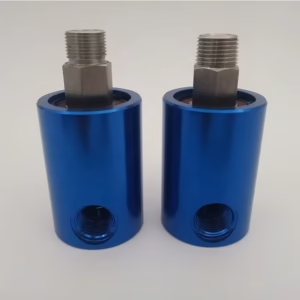
$60.00 Original price was: $60.00.$55.00Current price is: $55.00.
- Size Range: 1/8″ (DN06) to 1 1/2″ (DN40)
- Maximum Pressure: Up to 400 bar
- Maximum Temperature: Up to 120°C
- Speed Capability: High-speed options available
- Thread Types: LH & RH UNF, Metric, BSP & NPT
-
Sale!

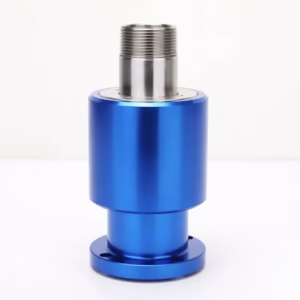
$60.00 Original price was: $60.00.$55.00Current price is: $55.00.
- Max Rotational Speed: Up to 42,000 RPM
- Max Pressure: Up to 250 bar
- Nominal Size: 0.1 in – 0.5 in
- Media Types: Supported Coolant, air, hydraulic oil
- Temperature Range: -20°C to 100°C
-
Sale!

$60.00 Original price was: $60.00.$55.00Current price is: $55.00.
- Material:Stainless steel/copper
- Pipe Clamp Size:16/20/25
- Max.Speed:100RPM
- Max. Pressure:1.8MPa
- Max. Temperature:220°C
- Applicable Medium:Over hot water, oil
-
Sale!

$60.00 Original price was: $60.00.$52.00Current price is: $52.00.
- Max Pressure: Up to 15,000 PSI (1,000 bar)
- Max Temperature: Up to 300°C (572°F)
- Rotational Speed: Up to 3,500 RPM
- Materials: Stainless Steel, Carbon Graphite Seals
- Seal Type: Balanced Mechanical Seals
-
Sale!
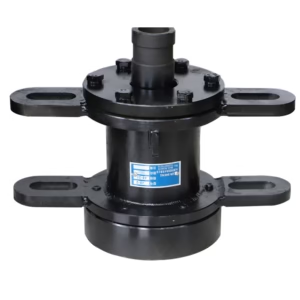
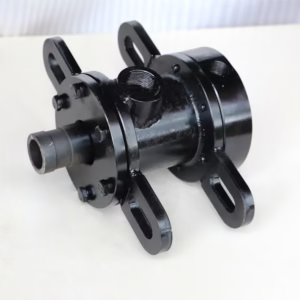
$50.00 Original price was: $50.00.$45.00Current price is: $45.00.
- Maximum Pressure: 1.8 MPa (18 bar)
- Maximum Temperature: 220 °C
- Maximum Speed: 150 RPM
- Materials: Cast Iron, Gray Iron, Ductile Iron, 45# Steel
- Seal Type: Q-Face Sealing Structure
-
Sale!
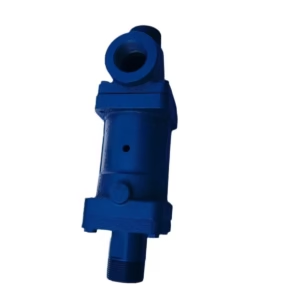
$55.00 Original price was: $55.00.$45.00Current price is: $45.00.
- Material Options: Stainless Steel (SS304/SS316), Brass, Carbon Steel
- Pressure Rating: Up to 3000 PSI (customizable up to 5000 PSI)
- Temperature Range: -30°C to 250°C (-22°F to 482°F)
- Port Sizes: 1/4” to 1.5” NPT/BSP (custom sizes available)
- Max RPM: 1500 RPM (higher speeds on request)
- Seals: PTFE, Viton®, or Nitrile for chemical/thermal resistance
-
Sale!

$50.00 Original price was: $50.00.$42.00Current price is: $42.00.
- Connection:Flange
- Material:Stainless steel
- Color:Silvery
- Pipe Clamp Size:25/32/40/50/65/80/100/125/150/200/250
- Max.Speed:100RPM
- Max. Pressure:5.0MPa
- Max. Temperature:200℃
- Customized:Yes
- Applicable Medium:Air, Oxygen, Argon, Water, Oil
-
Sale!

$50.00 Original price was: $50.00.$42.00Current price is: $42.00.
- Model: Embedded rotary joint for continuous casting machine
- Size: Customized Size
- Max.Speed: 60RPM
- Max. Pressure: 1.2mpa
- Max. Temperature: 120 degrees
- Applicable medium: Water, coolant
-
Sale!

$50.00 Original price was: $50.00.$40.00Current price is: $40.00.
-
- style=”list-style-type: none;”>
- Product name:High pressure hydraulic rotary union
- Material:</strong&amp;amp;amp;amp;amp;amp;amp;amp;amp;amp;amp;amp;amp;amp;amp;amp;amp;amp;amp;amp;amp;amp;gt;Stainless steel</strong></li><li><
/ul>
Pipe clamp Size:
32/40/50
- Max.Speed:</strong>100RPM</li>
- <s
- trong>Max. Pressure:5MPa
- Max. Temperature:220°C
- Applicable Medium:Oxygen, air, superheated water, oil
-
Sale!

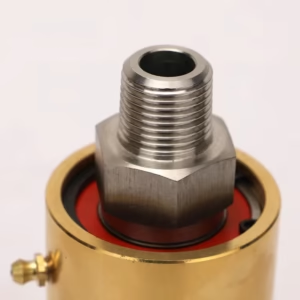
$50.00 Original price was: $50.00.$40.00Current price is: $40.00.
- Size:1/4″ – 4″
- Max. speed:3000r/min
- Max. Temperature:80℃/120℃
- Max. Pressure:1.6Mpa
- Connections: Thread
- Standard: METRIC, NPT, BSPT
- Applicable medium: coolant water/hot water/cold oil/air
-
Sale!
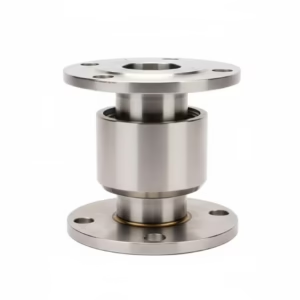
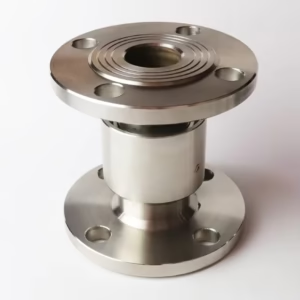
$50.00 Original price was: $50.00.$38.00Current price is: $38.00.
- Product size: from DN20 to DN350
- Maximum pressure: 20 MPa,
- Maximum temperature: 300℃,
- Rotation speed: ≤50 rpm,
- Applicable media: water, steam, oil, air;
- Main material: stainless steel or carbon steel
